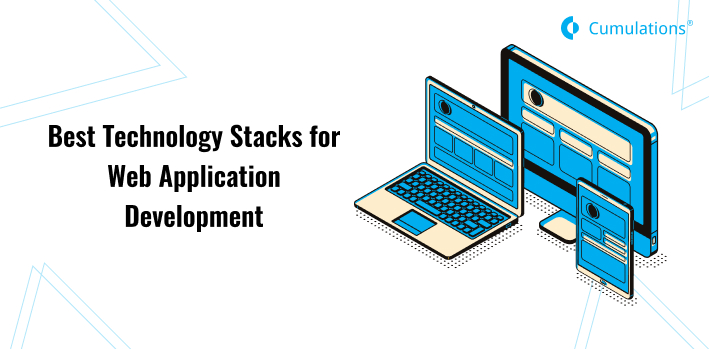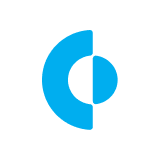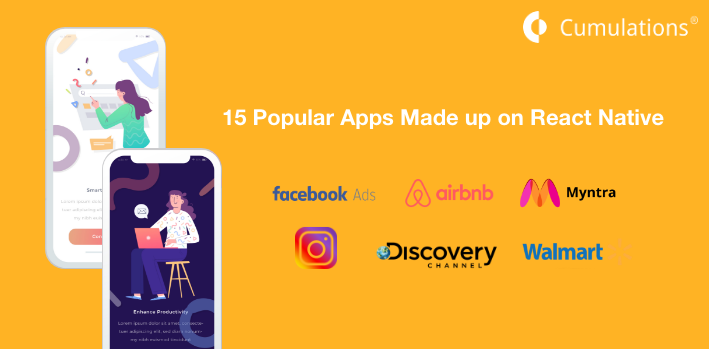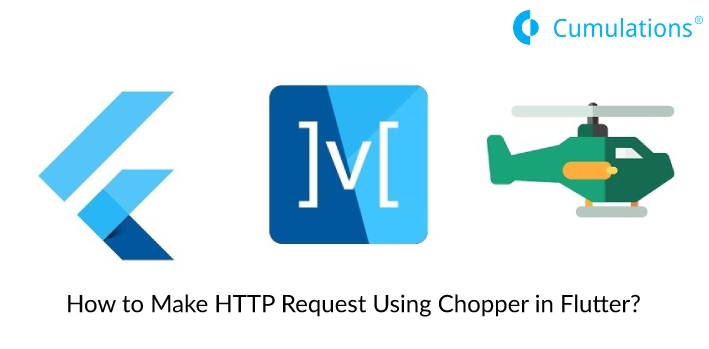
The choice of the technology stack to be used for developing a web application may be one of the most important aspects of the procedure and project, as it may impact multiple dimensions of your application including its quality, efficiency, and features. Apart from an appealing UX and UI, your application should also be secure, stable, and could be maintained easily. The amalgamation of the right features will ensure that the customers are impressed, and only the right web application development technology stack can ensure that.
The budget may be a restraint but optimal expenditures are required to ensure success. For the most part, only the techies and developers can only tell you what the features of a technology stack should be. The client companies should also know about the stacks and be well adept at using the technical language. Such expertise helps in easy and fruitful conversations and helps the developers reach their goals rather easily.
Know What A Technology Stack Is
A technology stack includes the programming languages and the software tools that can be used to design and create web apps. In broader terms, we can say that a web/mobile application includes the frontend (client-facing application) and the backend (the part hidden on the server). The app may be built in layers and the positioning is what is referred to as technology stack. These technologies are connected to each, are the building blocks, and depend on one another.
The Best Technology Stack for Your Web Application Development Project
The frontend or the client-side of an application may involve the use of CSS, HTML, and JavaScript, among other languages and technologies. Users interact with this end of a web app through a web browser. The frameworks for frontend web application development may include the standardized codes that are structured in folders/files. This is the foundation that consists of functional and pretested codes, and which empowers the app developers to make changes to designs, including the final designs.
Bootstrap may be used for most of the web applications as the framework, along with languages including CSS and HTML, for front end development. It is quite a comprehensive library. Another popular framework is Foundation which offers good performance. Angular as well as React offer good flexibility and performance and have an immense number of contributors. A new and popular framework is Vue.js that is known for its versatility and a lightweight structure.
A backend can be termed as the engine powering and driving a web app. It is also responsible for logic implementation. As part of the backend, the web server will accept requests from a web browser and will give them a logical format. It also returns the relevant/user-desired content. Server-side or backend programming languages may include Golang, Ruby, etc. The frameworks for backend web application development are chosen following the programming languages used. The backend may also include databases like PostgreSQL, MySQL, MongoDB, and others, and a choice is made depending on the project type. Some of the important technology stacks used in backend development are given below.
LAMP: the LAMP acronym stands of Linux operating system, Apache web server, MySQL database, and PHP programming language. Some of the high points of LAMP are its security, scalability, and availability of several customization options. This stack can also be used with other operating systems including macOS and Windows and the quality does not get compromised even when a switch is made.
Python-Django: the back-end technology stack uses the MySQL database, the Apache web server, and the Django framework. It is written in the Python programming language. The advantages offered by the Python-Django framework include the capability for quick development and high-quality levels. Projects for which time is a critical factor are pursued through this framework.
MEAN: the MEAN acronym stands for the MongoDB database, the Express.js application framework, the Angular.js front-end development framework, and the Node.js runtime environment. This technology stack includes tools for developing the front as well as the back end of a web application. The “JavaScript everywhere” framework has the same language for either side of the web application and can be classified as a full-stack web application development framework. Such structuring and capability make the stack more flexible and time-saving. It also provides a smooth learning curve and has good performance to exhibit.
MERN: the acronym includes MongoDB and the Express.js framework. It also has React and the Node.js application runtime on which the stack runs. As we can see, different projects may require different kinds of technology stacks. For instance, medical apps will require more security while file sharing web apps will require the capability to handle higher loads. React.Js is quite popular for developing the front-end of a web app, while NodeJS is used for developing the back-end. The combination makes MERN a popular technology stack for being the best, single-page, and high-end applications. MERN also uses a single language at all levels and tiers and provides benefits including agility, productivity, and short learning curves.
Must read: A Complete iOS App Development Tools List
Developers may decide between MERN and MEAN based on the project and whether they need to choose between React or Angular. The expertise of the developer in the languages and technologies may also impact the decision.
Serverless Computing: when talking about the best web application development technology stacks, we also need to take note of the more sophisticated developments like serverless computing. The framework does not involve any framework or programming language. A software developer or engineer only has to choose the framework for front or back end development, while the operation responsibilities like databases, environment, and servers are taken care of automatically. Hence the developer will not have to bother about server management or runtime when he/she chooses serverless computing and can focus more on the client needs and the software solutions required.
Tips for Choosing The Right Technology Stack
As we can see, there is a broad variety of technology stacks available for web application development. Choosing the right technology can be as daunting as the project itself. Below are some tips that you should consider to make the final choice regarding the technology stack.
Project Size and Type
The small projects like the MVPs can be easily accomplished with stacks like the Mode.js-React or the Python-Django stack. WordPress may also suit the “landing page” formats of MVP. Enterprise application and the online eCommerce stores may be mid-size projects and require complex stacks like MERN, MEAN, or LAMP. The largest of projects like the global marketplaces and the social networks have the highest requirements and may need the Angular-Node.js or the Ruby on Rails technologies.
Time
Apart from developer expertise, technology may also affect the time taken for the completion of a project. Hence familiarity with the tools and choosing the right technology (like MEAN) may improve flexibility and save time.
Scalability
Vertical scalability for web application development may mean adding more software for the new tasks. Horizontal scalability means handling more requests and volumes. Some components of the MEAN stack like Node.js and Angular may provide more capability towards scalability.
Costs
The budget for web application development may impact the technology stack choice. For instance, some frameworks are open-source and available for free. The salary of developers and their availability may also impact the cost. Ruby developers are known to draw the most salary, according to a survey.
Hence, we can say that the specifics of a project should be studied carefully to know which technology stack can be best suited for a project. Also, no technology stack can be termed as the best. Hence you can talk to a leading web application development company to know the options available to you and do some efforts yourself (for instance, browsing through the online blogs) to uncover the details.
Related read: How to write Cron Jobs on Amazon Web Services (AWS) EC2 Server


 +91-984-5825982 | +91-996-4689921
+91-984-5825982 | +91-996-4689921 sales@cumulations.com
sales@cumulations.com Send your requirement
Send your requirement 



